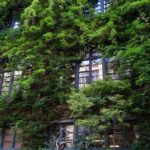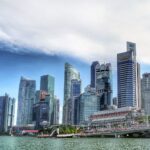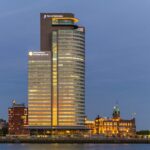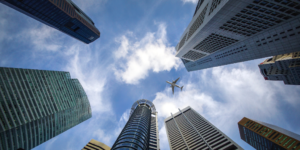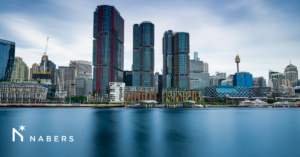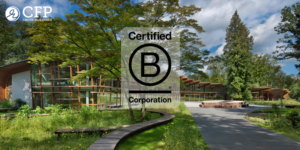
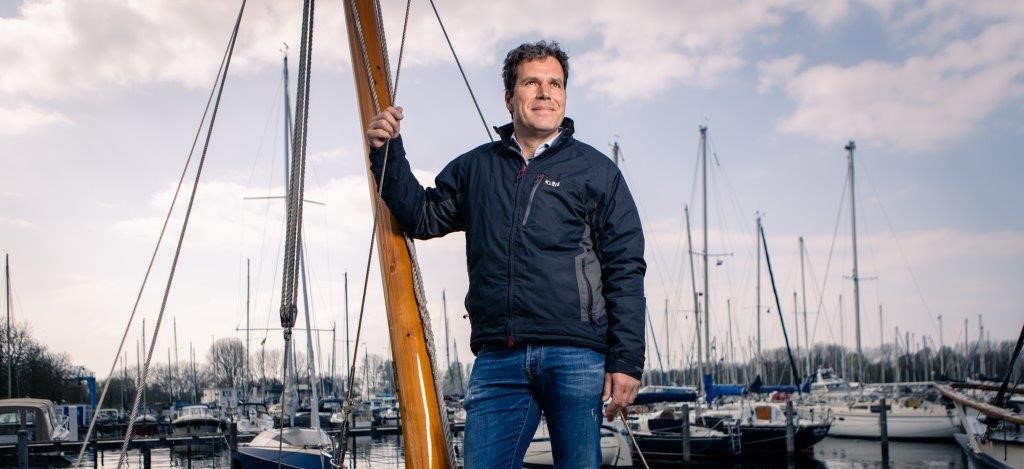
2024: the turning point for sustainability – a conversation with Bram Adema, CEO of CFP Green Buildings
In an interview with the Dutch knowledge platform Duurzaam Gebouwd, Bram Adema, CEO of CFP Green Buildings, shares his expert insights on why 2024 is set to be the turning point for sustainability. He highlights the crucial factors behind this shift, including innovative technologies, increasing urgency for sustainability, and the growing involvement of governments and banks. The interview provides an in-depth look at how 2024 will be a groundbreaking year for large-scale sustainability.
Why is 2024 the turning point for sustainability?
“The turning point is made possible by three key factors: firstly, there is now a wealth of innovative technology available, making what was previously not feasible on a large scale now a reality. Secondly, the urgency and necessity to apply this innovative technology have never been greater. Thirdly, governments and banks are forced to take these innovations and urgencies seriously. This will cause a shift next year, driven by innovation, necessity, and the involvement of governments and banks.”
Zooming in on innovation: what do you expect will happen?
“Many of the technologies that make buildings and homes sustainable have existed for about fifty years. The real innovation now lies in the affordability of these technologies and their large-scale application. A striking example is the strong growth of solar panels. Five years ago, we did not expect the explosive installation growth. For wind turbines: the same story. They are not without debate, but when we look at what is now being placed in the North Sea, it seems like an attractive alternative to coal-fired power plants.
Batteries follow a trend similar to Moore’s Law for chips, with an annual doubling of capacity and reduction in size. A combination of solar panels, wind turbines, and batteries makes sustainable energy available on a large scale. I consider hydrogen and nuclear energy as possible future scenarios, provided there is more innovation. For solar panels, batteries, and wind turbines, this is not necessary: they are tried and tested.”
How do you see that innovation reflected in your personal environment?
“How do you see that innovation reflected in your personal environment? “I have a good example that well reflects where we stand now with sustainability in the Netherlands and how it can change rapidly. Ten years ago, I lived in a house from 1959, as leaky as a basket. I knew I wouldn’t stay there much longer because Apeldoorn was not central enough. Also, there is little water, and I love sailing. So I didn’t want to spend €100,000 to make the house sustainable. Incidentally, that was ‘only’ enough for just a green label.
I then moved, and I now live in an energy-positive house in Almere. I charge my electric car at no extra cost. My old house has since been made sustainable by the new residents. What was unattainable for me ten years ago is now a reality.”
You also talk about the urgency and necessity of sustainability. Can you zoom in on that a bit more?
“Yes, that is perhaps the most important of the three. High energy prices, stemming from scarce raw materials and energy sources, are driven by a growing world population and increasing prosperity. To make investments future-proof, they must be sustainable, both literally and figuratively. This means that sustainability must be a continuous process, integrated into regular maintenance and energy consumption. We feel the urgency due to rising energy prices, making people aware of the need for sustainability.”
Looking at the third pillar, the financial interests that also play a significant role. Can you tell us more about that?
“Governments take sustainability very seriously because it is the governments that will be confronted with major floods, climate risks, and buildings that are no longer future-proof. Governments worldwide set CO2 goals and force banks to include sustainability in loans. Where you have to pay governments for a lack of sustainability, such as tax on emitting harmful greenhouse gases, you have to prove to banks that you are sustainable if you want growth capital. Or simply because you have to finance your assets.
If these two work simultaneously towards sustainability, then everyone becomes a supporter of green. Simply: to protect their money. To grow or not to have too many costs. We saw that with our Green Buildings Tool, introduced in 2015. With that, we serve 3.5 million buildings in more than ten countries. The growth is not over yet, so I expect that within a few years, we will be serving ten million buildings. The goal after that is to help all real estate become sustainable through 40 banks in 20 countries. Governments and banks are actually our most important ambassadors in this. Governments set the rules, and banks help their customers become sustainable through our tools.”

And how does the future look after 2024?
“In 12 months, we hopefully see many indications, but we won’t witness everyone suddenly flying around in flying cars. However, looking ahead ten years, 2024 will be seen as the pivotal year that paved the way for large-scale sustainability. Houses will be renovated and future-proof, cars will be exclusively electric, and solar panels will adorn all facades and rooftops. More conscious choices in consumer goods will become the norm. Sustainability will become inherent and essential, and opting for green practices will no longer be a consideration but a hygiene factor.”
Finally, what does sustainability mean to you?
“I enjoy nature, whether it’s on a boat in December or in the mountains in the snow. Protecting nature is self-evident to me. The reality is that we are dealing with a growing world population, of which 6 to 7 billion people still don’t have a TV, don’t go on vacation, and don’t have a washing machine. These people also want all of that, and we’re not going to deny them. Sustainability is not just about saving nature but also about providing affordable, sustainable options for billions of people to enjoy the same luxuries as us without further burdening the planet.”
